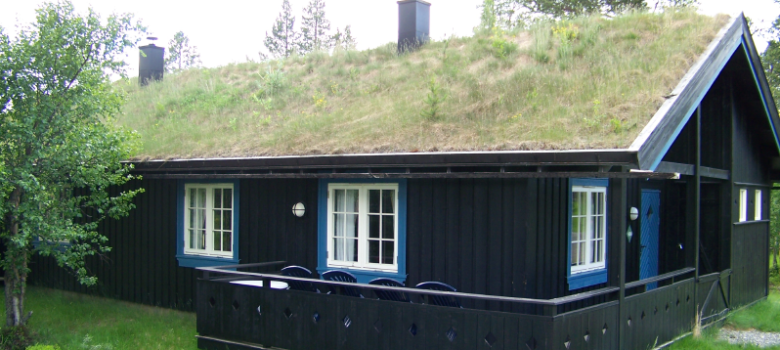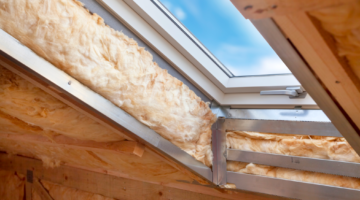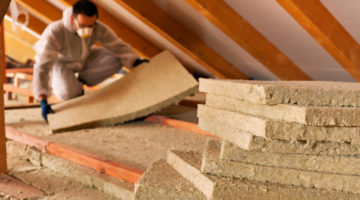
What is a Green Roof?
To many of us, a green roof seems very ‘out there’. Something only the most hardcore ‘greenies’ would even contemplate. But they aren’t quite as unusual or impractical as they would first appear. In fact, they can make their biggest difference in the very heart of our cities.
Green roofs have actually been around for a long time – sod roofs in Scandinavia have been used for centuries, but only in the last few decades have modern green roofs taken off. It may surprise you to hear that approximately 10% of roofs in Germany are green – a pretty astonishing figure when you think about it, and proof that they must be more than just pretty to look at.
What are the advantages of a green roof?
In city environments, green roofs help reduce the urban heat island effect and keep the area cooler. They help improve the atmosphere by filtering out pollutants and remove CO2 from the atmosphere. They are also great habitats for wildlife and help reduce storm water runoff – trapping the water before it reaches the drain and helping to prevent local flooding.
These are all great environmental reasons to have a green roof, but what about financially? A green roof can cost anything from £60-140/square metre, so they aren’t particularly cheap. They do however, act as roof insulation, helping to keep the house cool in summer and warm in winter. They can also potentially increase the lifespan of a roof considerably, since they are protecting it from the elements.
 What are the drawbacks of Green Roofs?
What are the drawbacks of Green Roofs?
If you are putting a new roof on your home, or indeed building a house from scratch, a green roof will cost about twice as much as a standard roof. If retrofitting, you will need to be very careful that the roof and structure can take the additional weight. Many buildings will need additional support which will add to the cost. You will also need to be wary of local pests like insects which could cause more problems than usual.
A Green Roof FAQ
There are quite a few ways to go about greening a roof, and plenty of things to consider:
Extensive or intensive? An intensive roof is effectively a roof garden. They tend to be heavier with a lot more soil and vegetation – they also require more maintenance. Extensive roofs are designed to be self sustaining, so they require very little maintenance and are generally only accessed for occasional weeding.
Is planning permission required? Usually planning permission for existing roofs is not required, but it is always worth consulting with your local planning office.
Will green roofs cause leaks? No. A waterproof membrane is present under the vegetation that ensures the house stays dry. Most installers will give considerable guarantees on their work, up to 25 years.
What about pitched roofs? Pretty much any type of roof can be greened, including pitched roofs, but cross batons will need to be installed on roofs of more than 45 degrees.
Is there any government funding available? There is no government funding for green roofs at this time unfortunately. Other countries do offer some forms of incentives
Will the plants grow into my roof? No – care is taken to ensure there is a root resistant layer and that the right plants are used.
Are there any fire risks involved? There are a number of measures used to ensure the risk of fire is mitigated and this should not be an issue with a properly installed green roof.
So whilst green roofs might not be for everyone, they aren’t perhaps as ‘out there’ as you would think. There are plenty of green roofs around the world, and they can indeed be found in the UK and London – so it really is worth thinking about.
Think we missed something? Do you have a different opinion?
Comment below to get your voice heard…












No Comments yet! Be the first one.